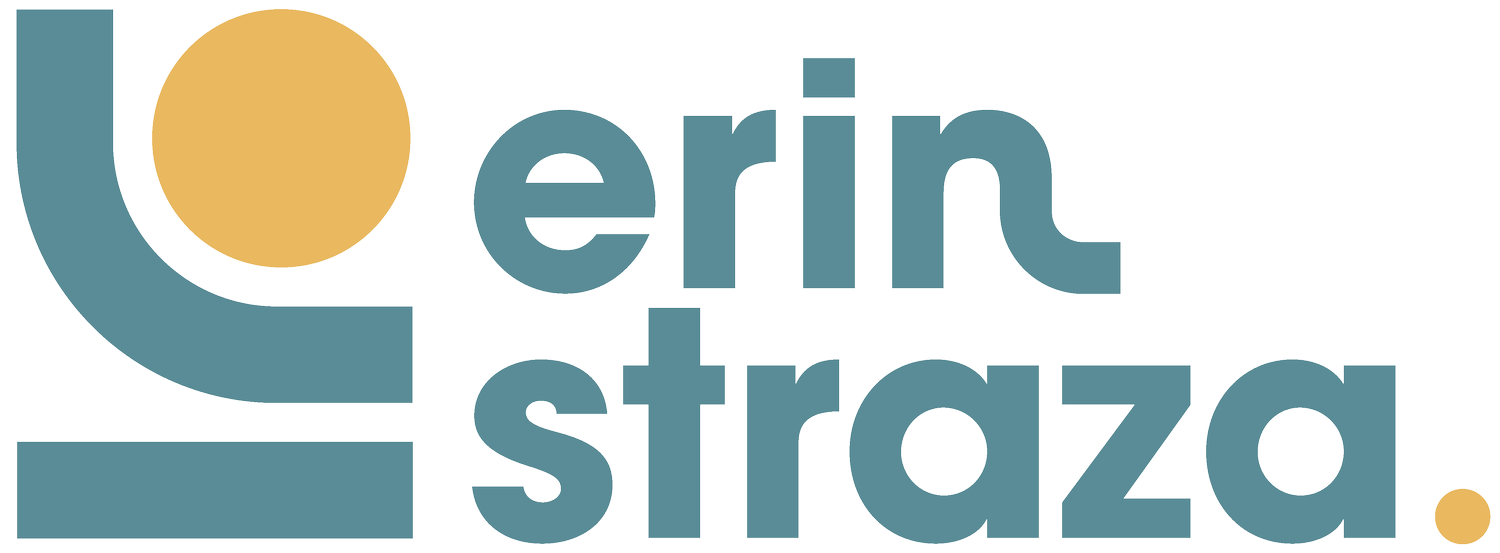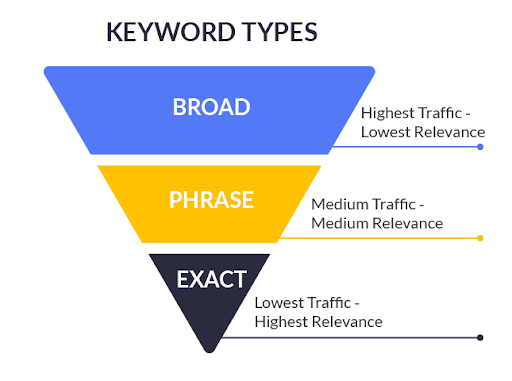guest post // Common Google Ad Grant Challenges and How to Overcome Them
By Jessica King, Getting Attention
Every experienced nonprofit marketing professional knows that different donors respond better to different communication strategies. As such, your team should be on the lookout for new ways to connect with supporters, such as messaging strategies to try or channels to expand to. One overlooked marketing technique you can access for free is Google Ads.
Through the Google for Nonprofits program, nonprofits can apply for the Google Ad Grant and create Google Ads for free. However, the Google Ad Grant program can get confusing, and nonprofits that earn the monthly $10,000 grant still have challenges they’ll need to overcome once they secure the funding.
Fortunately, we’re here to discuss a few common challenges related to the Google Ad Grant, why they happen, and what your nonprofit can do to overcome them.
Keyword confusion
Keywords are at the core of Google Ads. Essentially, any word or phrase a user enters into a Google search is a keyword. If your nonprofit’s website is indexed by Google, you will already show up in organic (unpaid) search results for specific searches.
Double the Donation’s guide to nonprofit digital marketing emphasizes the importance of getting your website ready for online promotion, and that includes making your site mobile responsive, fast to load, and keyword optimized. But what keywords should you optimize your website for? And what keywords should your ads target?
These questions have the same answer: put yourself in your audience’s shoes. What types of content are potential supporters looking for related to your nonprofit? Are they looking for educational articles, ways to get involved in their community, or nonprofits they can donate to?
For most nonprofits, these keywords should be reasonably specific to generate valuable leads and minimize competition. After all, if your nonprofit chooses to target a keyword like “donate,” you can almost guarantee you’re not the only organization going after that keyword.
However, don’t be afraid to select high-value keywords if you think they’ll bring in qualified leads. While targeting these keywords may be more expensive, remember that you do have $10,000 in free ad credits to spend each month through the Google Ad Grant. In fact, many nonprofits are overly cautious with their budgets and fail to spend all of their ad credits, so you’ll likely have room to experiment with more costly keywords.
Few qualified leads
As mentioned, your keywords determine who visits your website. If your nonprofit gets lots of clicks on your ads but few visitors convert to donors, you may need to reassess your ad strategy.
Nonprofits that see few qualified leads need to revisit their keywords. Your Google Ad Grant account will let you determine which types of keyword searches your ads will appear for. Refining these settings can help you narrow your audience and connect with individuals who are the most likely to become supporters.
Getting Attention’s Google Grants keyword guide explains the three main keyword types and how they impact leads and traffic:
Broad keywords include keyword searches related to your target keyword. For example, if you have an ad targeting the keyword “ocean conservation,” individuals searching keywords like “ocean protection,” “marine environments,” and “beach clean-ups,” may see your ad. As such, broad keywords provide high traffic but may have less relevance to your nonprofit.
Phrase keywords are searches that include your target keyword along with other words before or after it. Using our example keyword “ocean conservation,” a phrase keyword would be “ocean conservation and sea turtle protection.” These searches must include your keyword, so they tend to bring in a medium amount of traffic and have medium relevance.
Exact keywords are your target keywords exactly as they are. An exact keyword search for “ocean conservation” would simply be “ocean conservation.” With these restrictions, exact keywords bring in the lowest amount of traffic, but individuals searching them are likely to be high-quality leads.
Additionally, consider negative keywords. Negative keywords are words and phrases you want your ads not to appear for. In our example, the nonprofit targeting “ocean conservation” might be more research-focused and not offer programs like beach clean-ups. As such, they may choose to exclude the keyword “beach clean-ups,” so anyone searching for that term will not see their ad.
Lack of time for managing ads
The more hours you put into managing your Google Ad Grant account and creating quality ads, the more you’ll get out of it. However, nonprofit professionals are already being pulled in a hundred different directions, and making the time for one new project may not seem worthwhile.
After creating your first set of ads, it’s possible to automate many elements of your Google Ad account. But by doing so, you miss the opportunity to further optimize your ads, discover how supporters are interacting with your website, and ensure your Google Ad account maintains compliance with Google’s policies.
Nonprofits interested in the Google Ad Grant should view it as an investment of time rather than money since the program is free to participate in. This mindset is especially relevant when first creating and launching your ads. Consider the potential return on investment based on the hours you put into your account and whether the results are worth that amount of staff time.
If your organization would like to pursue a Google Ad Grant strategy but lacks the time or expertise to manage it in-house, you can always turn to a third-party Google Grant consultant. These consultants, especially ones certified by Google, are experts on the Google Ad Grant and will manage your account for you in exchange for a monthly or annual fee. Be aware that your nonprofit will need to directly pay this fee—it cannot come out of your allotted $10,000 monthly ad credits since these funds can only be used for marketing on Google.
Account deactivation
The Google Ad Grant is ultimately an example of the company’s corporate social responsibility (CSR) efforts, and Google wants to connect its name to as many professional, active nonprofits as possible as part of its CSR strategy. As such, Google is quick to deactivate accounts that are not creating valuable ads or may cast doubt on the quality of organizations participating in the Google Ad Grant program.
If your account gets deactivated, there’s no need to panic as most accounts can be reactivated with a few simple fixes. In most cases, Ad Grant accounts get suspended for one of these reasons:
Ad compliance. To ensure ads are high-quality, Google requires ads to target keywords longer than a single word (with some exceptions, such as branded keywords and specific terminology), avoid overly generic keywords, and create ads with a Quality Score of at least three. Quality Score is a measurement by Google that’s calculated by considering the value of the ad, keyword, and landing page. If any of your ads don’t meet these criteria, you should suspend them to avoid having your account deactivated.
Account compliance. Google Ad Grant accounts must meet specific requirements to stay compliant, including maintaining a certain number of ads, having at least a 5% clickthrough rate, and using conversion tracking tools. Additionally, all Ad Grant recipients must fill out Google’s program engagement surveys, which are sent out periodically.
Website compliance. Your nonprofit’s website needs to meet specific requirements for your organization to get approved for the Google for Nonprofits program, such as having original content and no ads. To continue participating in this program and being a Google Ad Grant recipient, your website needs to continue following those requirements.
Whether your account gets deactivated due to letting management of the account lapse, your ads not meeting Google’s compliance requirements, or your website not meeting policy guidelines, it’s not the end of the world. Look through Google’s Ad Grant policies to identify what happened and resolve the issue as quickly as possible.
If you don’t know how to fix your account or have questions about the reactivation process, you can also always work with a Google Ad Grant agency that has experience helping nonprofits get their accounts back up and running.
The Google Ad Grant is an exciting opportunity to drive traffic to your website and connect with new supporters. However, it comes with challenges nonprofits should be aware of so they can allocate resources to overcome them. Give your nonprofit the best opportunity to create successful Google Ads by reading up on Google’s policies, assessing your strategy regularly, and reaching out to external consultants if you need professional expertise.
This guest post was written by Jessica King.
Jessica King is the business lead at Getting Attention, where she helps nonprofits get the Google Ad Grant and manage it effectively to get the most from it.
Prior to her work at Getting Attention, Jessica worked at nonprofits and in higher ed, where she focused on communication and digital marketing. Most recently, she worked in search engine optimization in the mission-driven sector.
Jessica holds a master’s degree in communication from Virginia Tech. In her free time, you can find her reading, cooking a new recipe, or hanging out with her cats, Benny and Olive.


